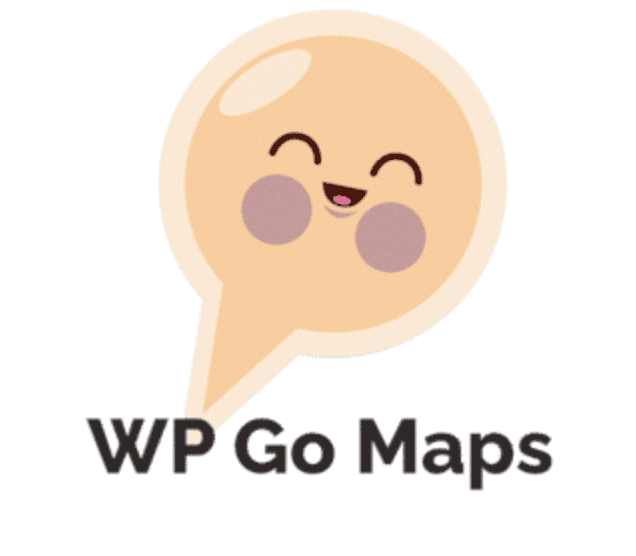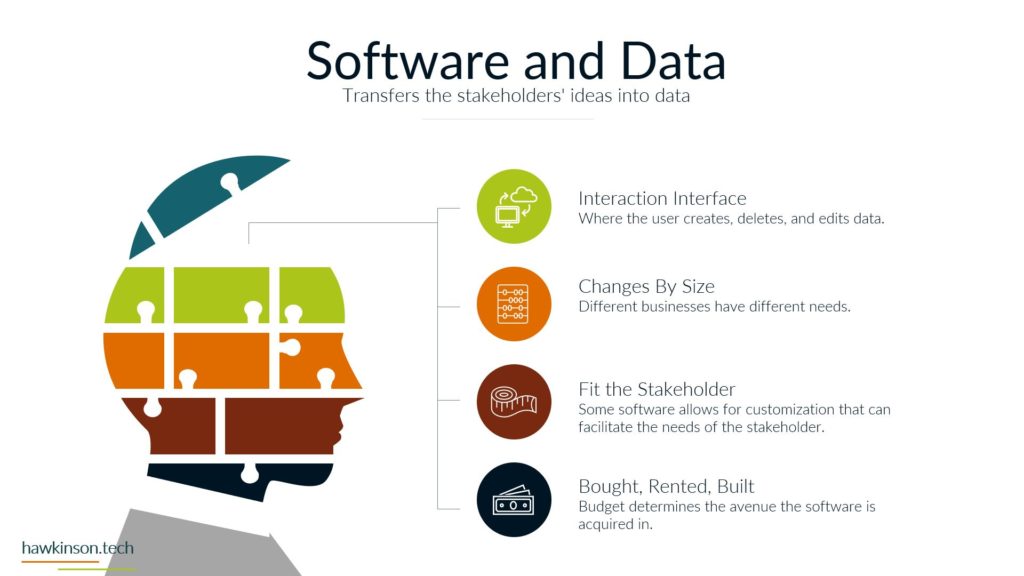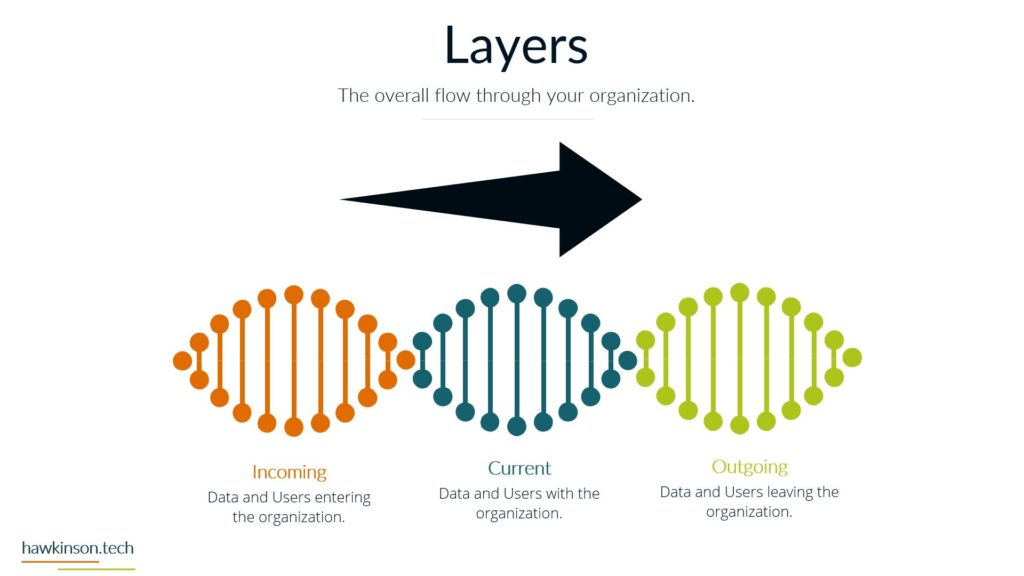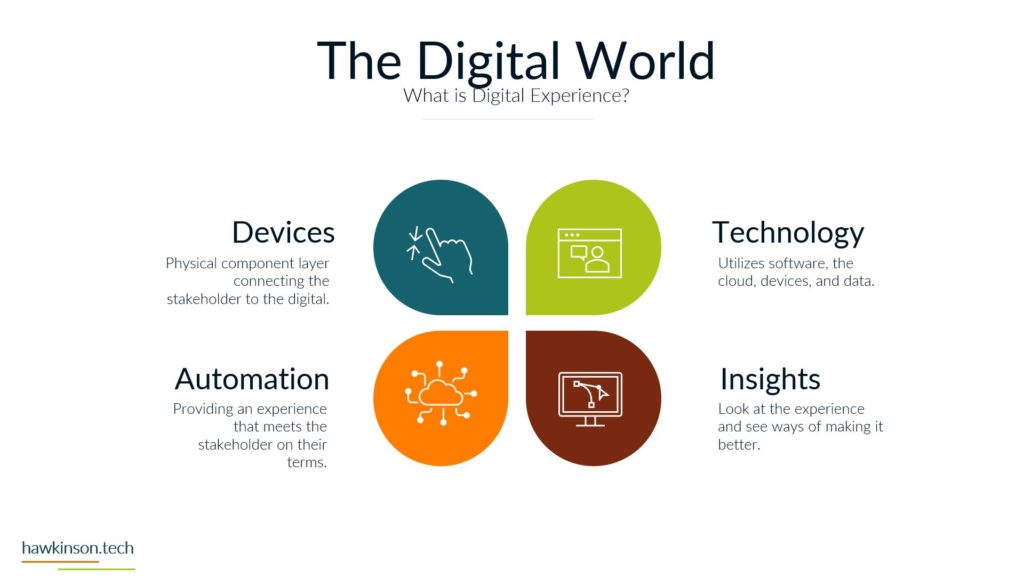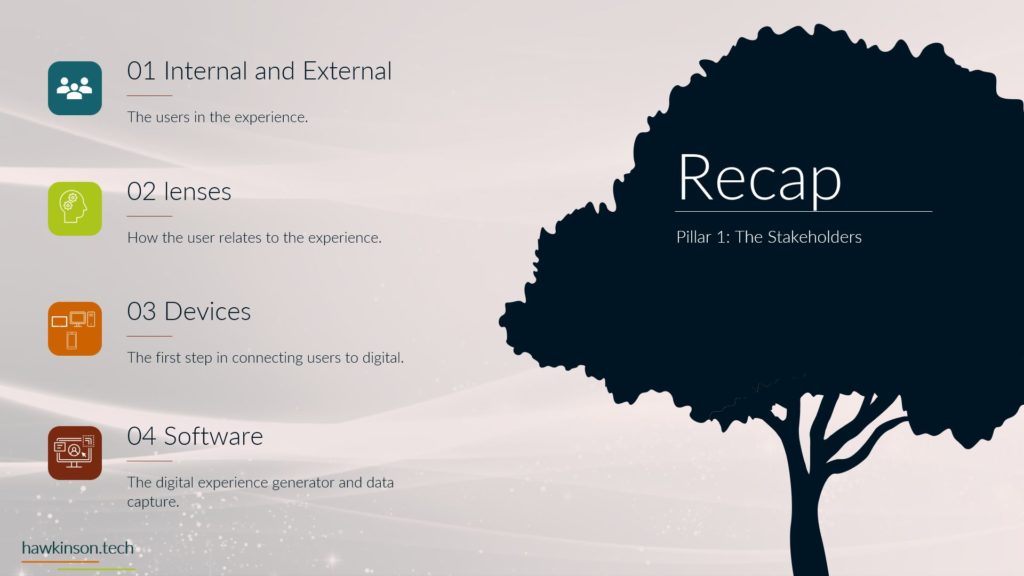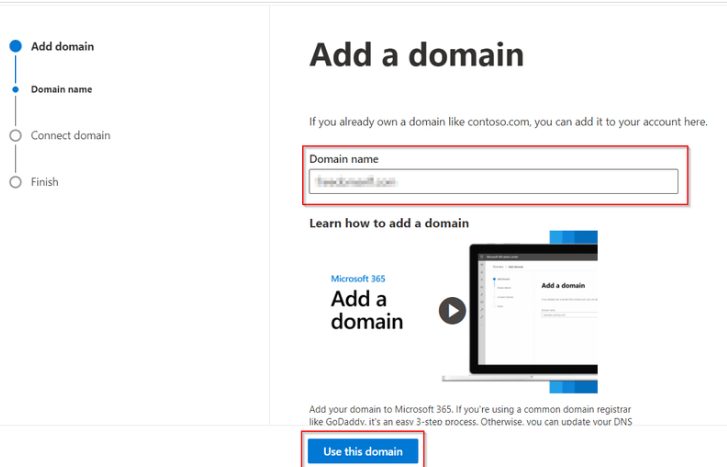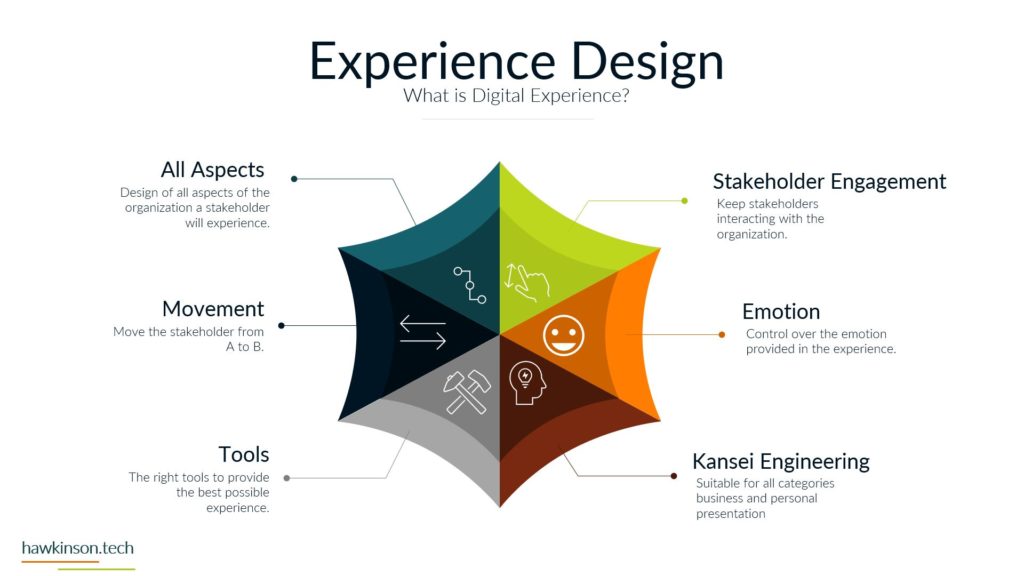Enhance Your Website with WP Go Maps WordPress Plugin: The Perfect Solution for Interactive Maps
Understanding WP Go Maps WordPress Plugin
WP Go Maps is a powerful and user-friendly WordPress plugin that simplifies adding interactive and customizable maps to websites. This plugin offers businesses a seamless solution for incorporating visually appealing maps into their WordPress sites, providing a range of features to enhance user experience and engagement.
How Businesses Utilize WP Go Maps
Businesses across various industries find WP Go Maps invaluable for showcasing their locations and providing essential information to their website visitors. With WP Go Maps, businesses can create and customize maps effortlessly, add multiple markers with custom icons, and include engaging pop-up windows with rich content like text, images, and videos. This functionality allows businesses to visually represent their physical locations and provide visitors with a dynamic and interactive experience.
Whether it’s retail stores displaying their various locations, service providers showcasing their facilities, or real estate agents highlighting properties on an interactive map, WP Go Maps offers businesses a versatile tool to communicate location-based information and engage with their audience effectively.
Key Features and Benefits
WP Go Maps seamlessly integrates with popular mapping services such as Google Maps and OpenStreetMap, harnessing their extensive mapping data to provide accurate location information. The plugin’s responsive design ensures that the maps look and function flawlessly on different devices and screen sizes, enhancing the user experience and accessibility.
Elevate Your Website with WP Go Maps WordPress Plugin
WP Go Maps is the ultimate solution for businesses incorporating interactive maps into their WordPress websites. With its user-friendly interface, customization options, and compatibility with popular mapping services, WP Go Maps empowers firms to showcase their locations, engage website visitors, and enhance the overall user experience. This powerful WordPress plugin is an invaluable tool for companies across industries, allowing them to provide accurate and visually appealing location-based information to their audience.
